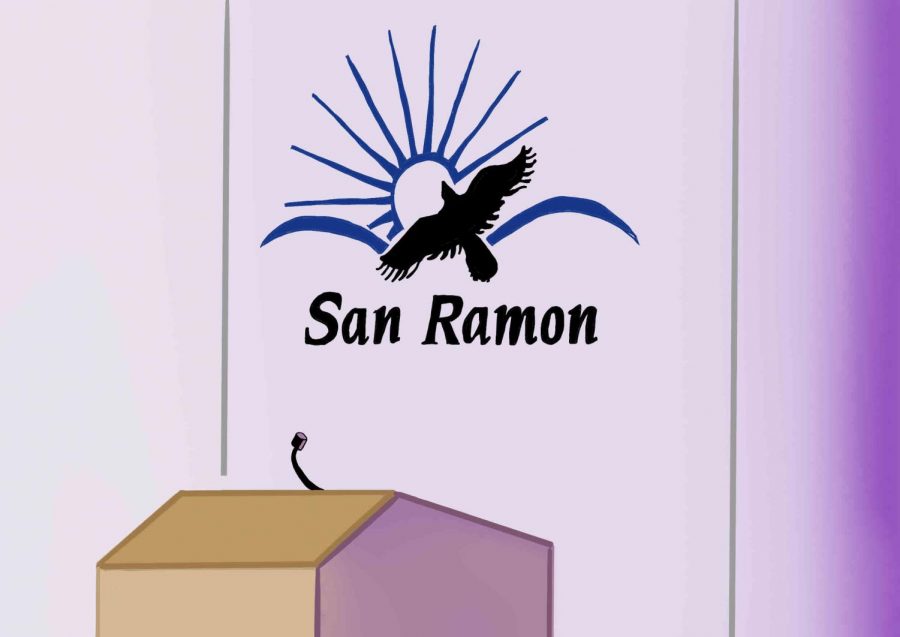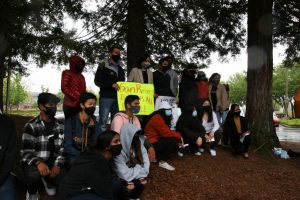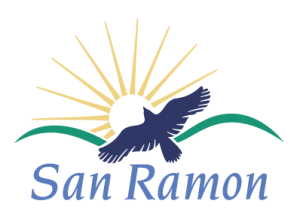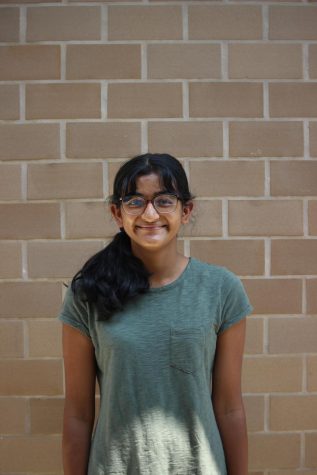San Ramon General Plan update outlines the future of the city
The city council met on March 23 to approve a general plan progress report which outlines the progress the city has made on its goals.
May 28, 2021
The San Ramon City Council approved the annual general plan progress report on March 23, which largely showed that the city has made steady progress on its goals.
The general plan is a comprehensive explanation of the city’s goals including climate, development, recreation and housing. It presents the guidelines that the city’s budget is organized for and the goals that the city committees work towards.
Cindy Yee, the Senior Planner, explained that “our general plan document is essentially the guiding constitution for the city.”
The progress report explains what the city has done to remain on track with their goals. The planning commission is now working towards the general plan update, which requires looking through the city’s policies and revising them to fit with changing standards. The update should be released at the end of 2022, and the city has to closely examine future challenges to reflect on which parts of the plan should change.
The city’s housing update on Feb. 19 went over many of the changes that San Ramon will face in regards to housing and development. In 2020, San Ramon added 104 housing units, 10 of which are “below market rate”, or available for lower-income households. This rate will have to accelerate in future years to accommodate state requirements meant to assuage California’s housing crisis.
Yee explained that the state looks at housing in eight year cycles, so the general plan update will look towards the next cycle: 2023 to 2031. The city’s responsibility then lies in creating policy that encourages developers to come in and create more housing units. “We help facilitate the development of units, but we don’t actually construct units or develop units,” Yee clarified.
Another reason that the city is behind on building housing units is that not all development falls neatly into eight year cycles. Yee noted that planning for the development in the Dougherty Valley area began in the 1970s, and some units are still being built out today.
To accommodate the amount of building that the state requires, Yee explained that the city will either have to “build up” with more apartment buildings or just have smaller housing units. Ideally, these units will be concentrated in specific areas which will help maintain open spaces and create more urban areas.
Another aspect of San Ramon growth that the planning commission is looking at very closely is the fact that increasing housing will likely lead to an increase in the number of cars on the road. To keep traffic congestion low, the city has already implemented a bicycle master plan and a school bus system which several former mayoral candidates want to expand in the future.
This reveals another advantage to keeping housing units concentrated in certain areas. Yee explained that having houses and businesses close together allows residents to more easily walk or bike to stores and activities. It also allows bus routes to be more extensive in areas that people will be accessing more.
In next year’s general plan update, there will be a new, state mandated section on environmental justice. This will look at environmental inequities within the city. Yee explained that it looks at “a correlation to public health: maybe, in some jurisdictions there might be more asthma or there might be more obesity”.
The full general plan progress report can be found on the City Council’s March 23 agenda as an attachment to agenda item 5.4.







Samuel Minioza • Jun 13, 2021 at 11:28 am
I had no idea parts of the original planning for Dougherty Valley was still being constructed today! It’s good that we’re looking to meet the housing demand of our increasing population 🙂